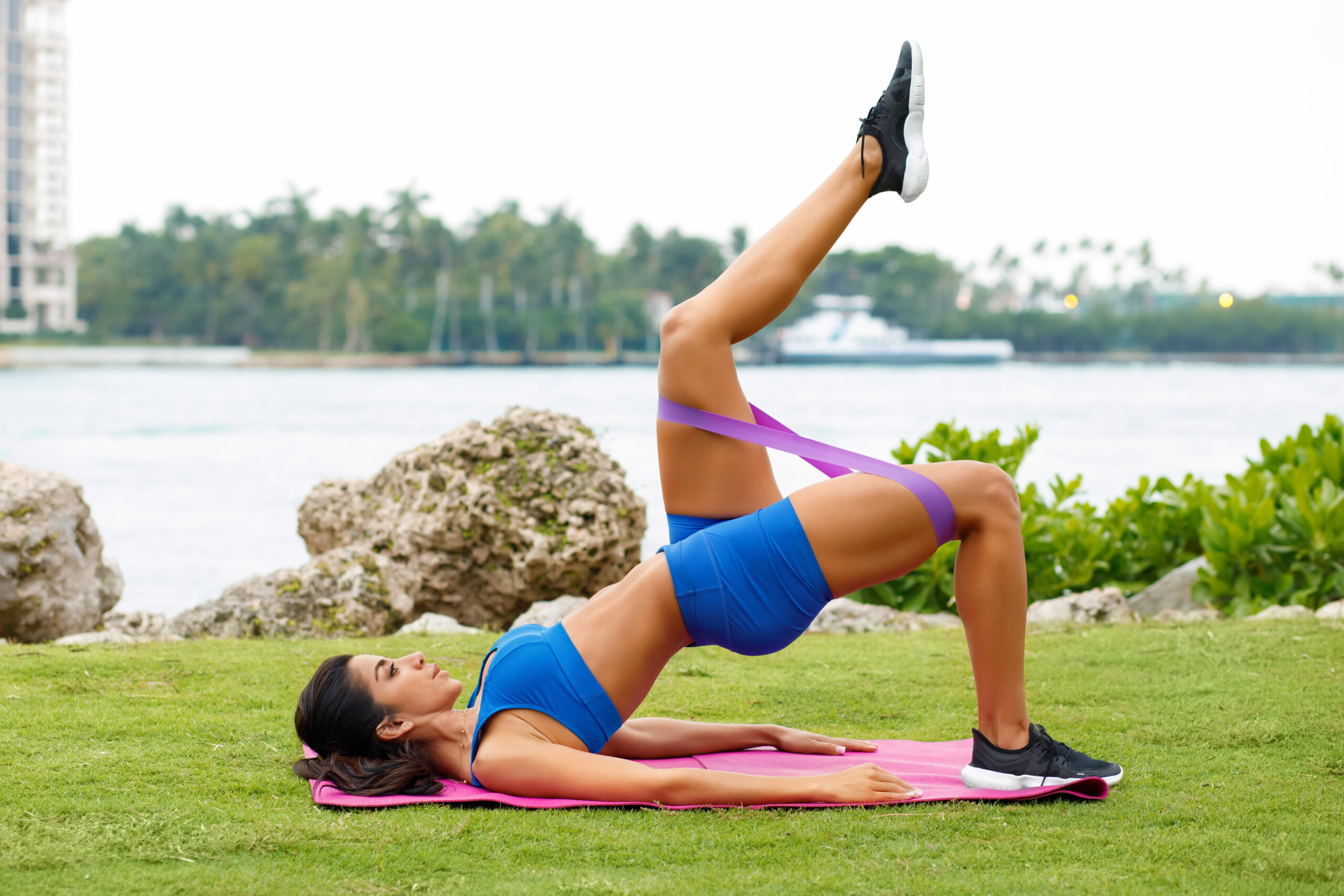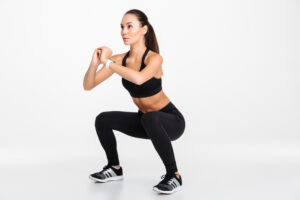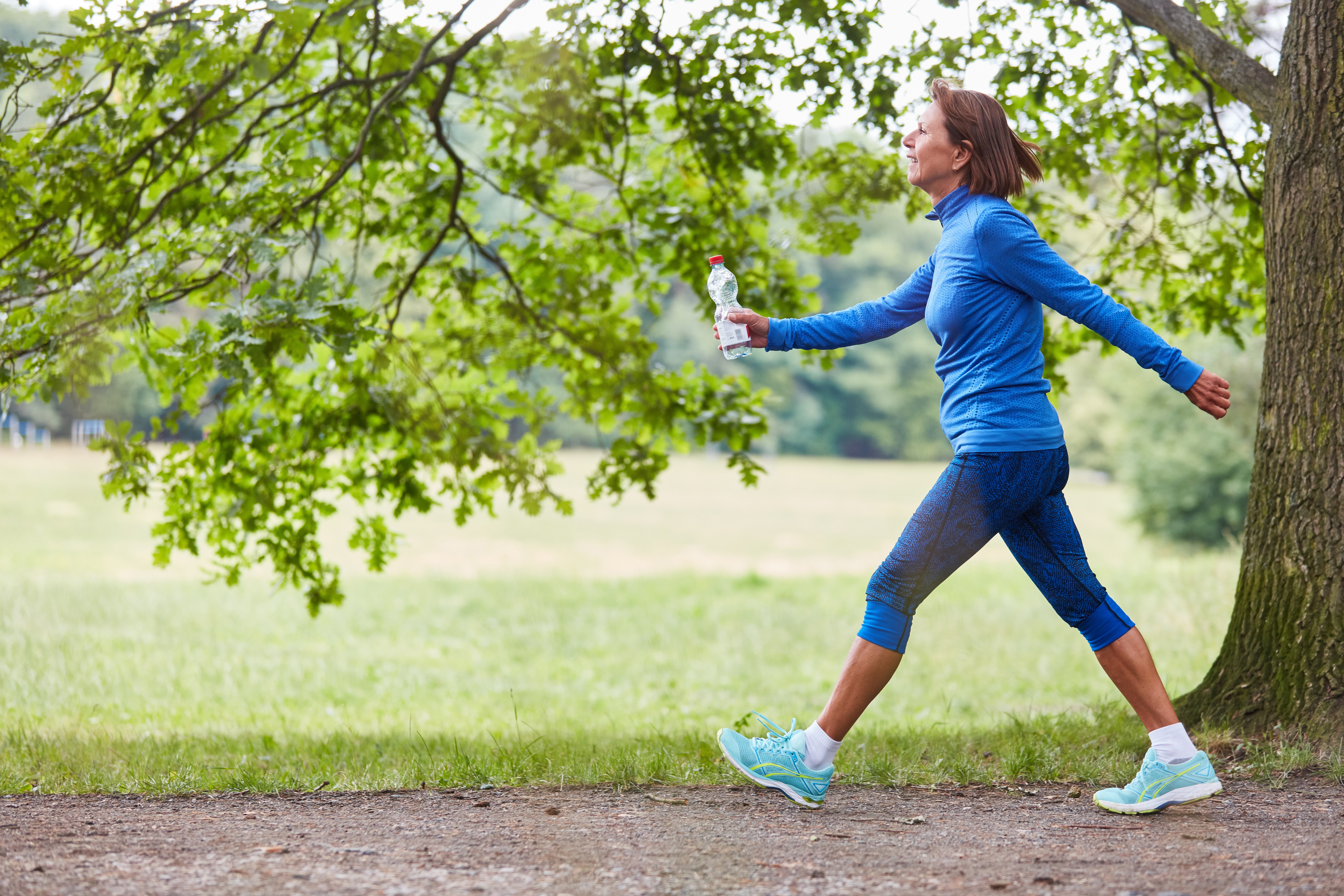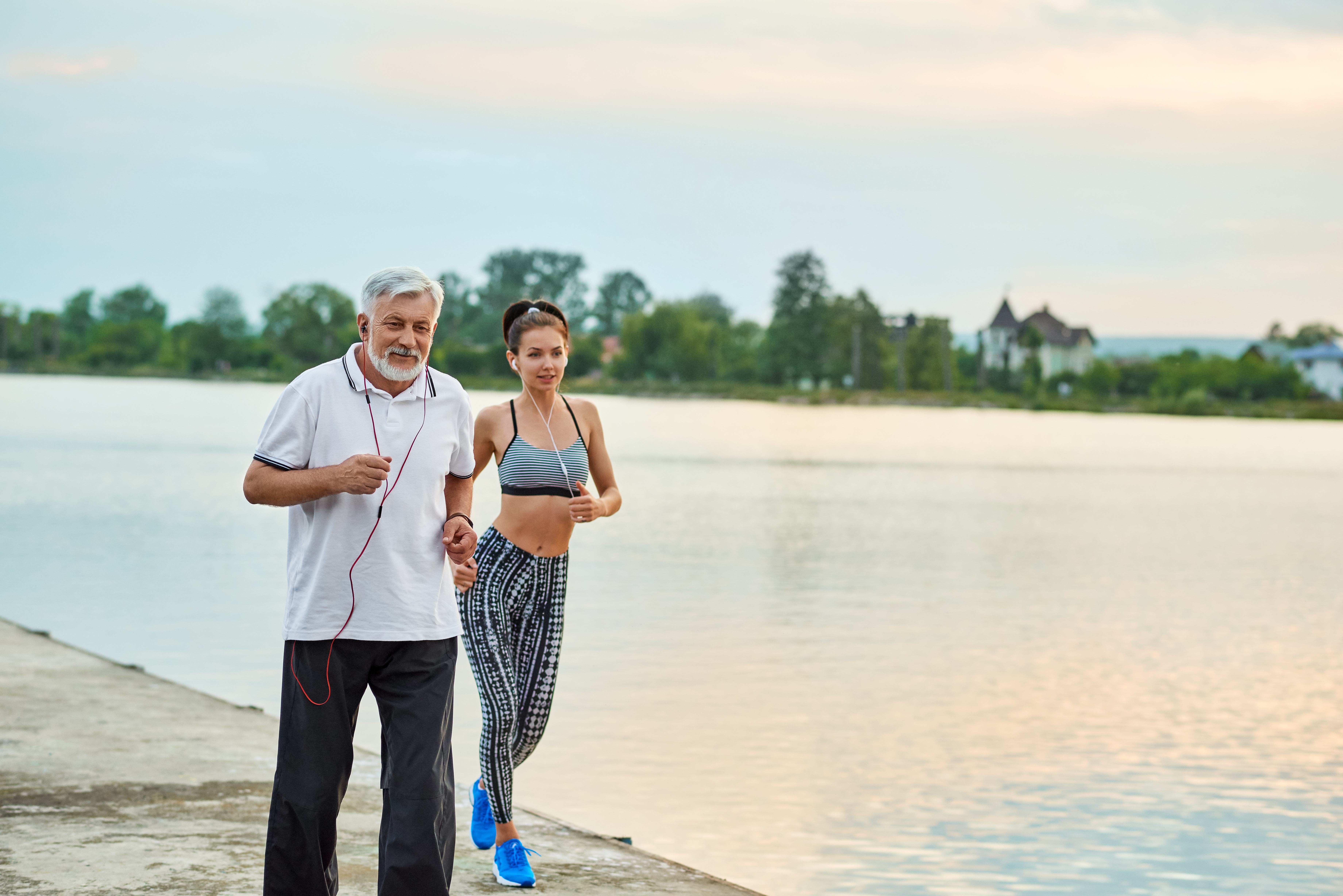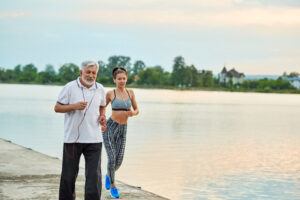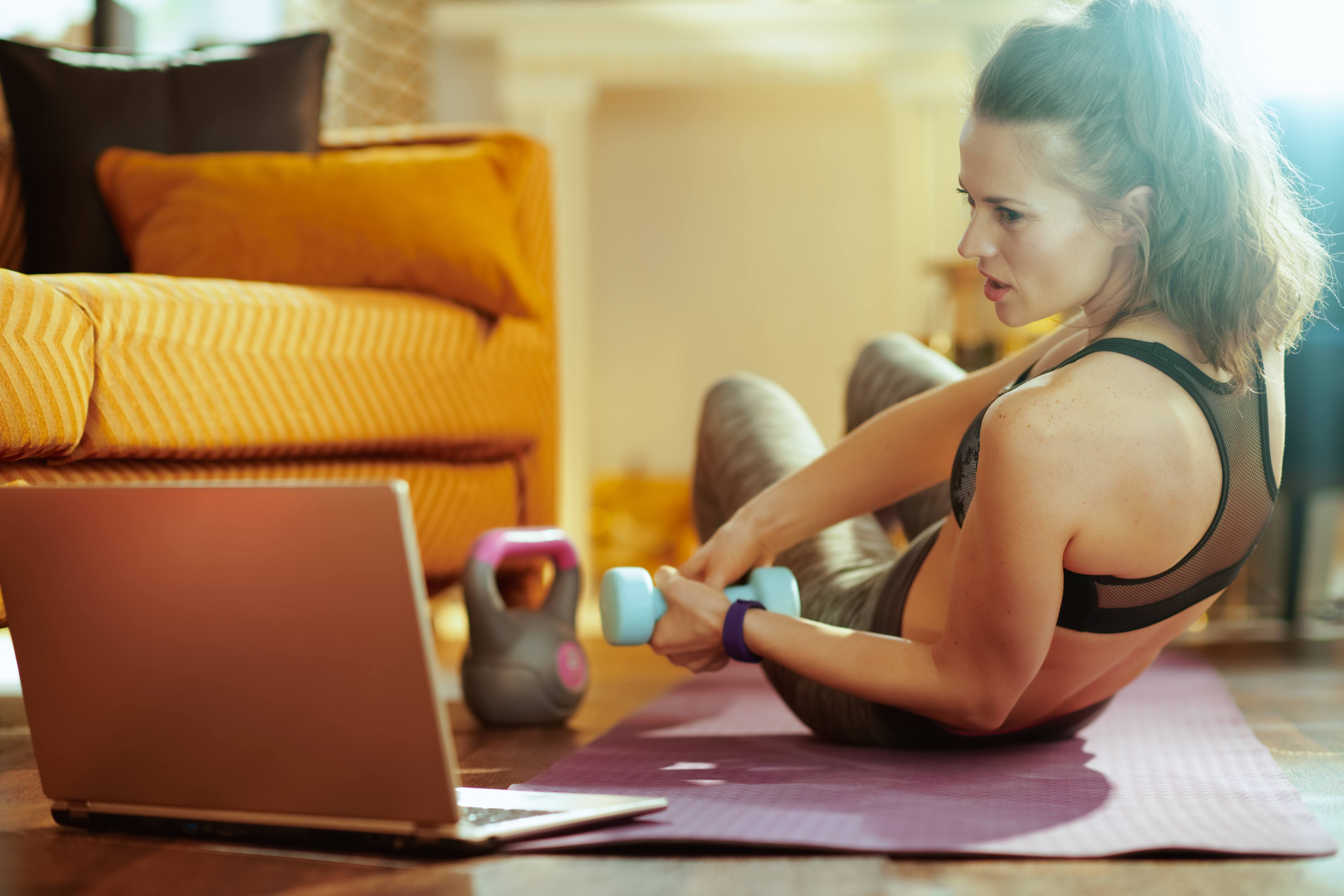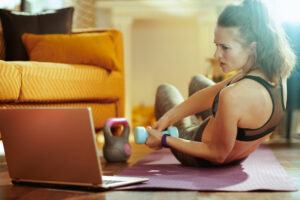The Power of Nutrient-Dense Foods: Activating AMPK for Optimal Health
Dive into our easy-to-follow guide detailing natural AMPK activators! Discover the ultimate foods that activate AMPK to support your health-conscious lifestyle. Optimize your meals with foods that activate AMPK, and feel the benefits from within!
As more people embrace a health-conscious lifestyle, there has been a growing interest in nutrient-dense foods that nourish the body and promote overall well-being. One of the key players in this movement is AMPK, an enzyme in every cell of our body that serves as a master regulator of metabolism and energy production.
But what exactly is AMPK, and why is it so important? And how can we activate it through our food choices to reap its many benefits?
AMPK stands for adenosine monophosphate-activated protein kinase, and it plays a crucial role in maintaining cellular energy balance. When activated, it triggers a series of events that increase energy production, while at the same
Nutrition is the cornerstone of good health, embodying the essential fuel that energizes every cell within our bodies. It is vital in bolstering our immune system and sustaining peak mental performance. Our dietary choices have a significant influence on our overall well-being. This enlightening blog post delves into the mighty realm of nutrient-dense “foods that activate AMPK.” These aren’t just ordinary edibles; they are pivotal in activating AMPK (AMP-activated protein kinase) – a crucial enzyme that maintains cellular energy homeostasis and is revered for promoting longevity and vitality.
Understanding Nutrient-Dense Foods
Nutrient-dense foods are packed with vitamins, minerals, fiber, and antioxidants yet are relatively low in calories. Incorporating these powerhouses into your diet can yield numerous health benefits and keep your body functioning at its best.
Unlike foods high in empty calories, which provide little nutritional value, nutrient-dense options offer a high concentration of nutrients essential for our body’s various processes. This means every bite is rich in components that contribute positively to our health.
What is AMPK?
AMPK, or Adenosine Monophosphate-Activated Protein Kinase, is an enzyme considered the energy sensor of the cell. It plays a critical role in regulating energy homeostasis, vital for survival and function at both the cellular and whole-body levels.
Activating AMPK can have profound health implications, including improving metabolic health, supporting weight loss, and promoting longevity. Evidence suggests an physical active lifestyle and nutrient-dense foods can activate AMPK and harness its beneficial effects.
Nutrient-dense foods that Activate AMPK
Activating AMPK Through Diet: A Natural Approach
Nature offers an abundance of foods that naturally stimulate AMPK, aiding in maintaining health and weight. These foods can be categorized into several groups, each contributing uniquely to AMPK activation.
- Berries and Vegetables: Powerhouses like blueberries, strawberries, and cruciferous vegetables (broccoli, Brussels sprouts) are not only rich in antioxidants but also contain specific compounds that directly stimulate AMPK. Their low sugar content is an added advantage for weight management.
- Fish and Whole Grains: Foods such as salmon, mackerel, quinoa, and oats are essential in this group. Omega-3 fatty acids in fish and the complex carbohydrates in whole grains aid in efficient fat-burning and stable blood sugar levels, activating AMPK.
- Nuts, Seeds, and Olive Oil: Almonds, walnuts, flaxseeds, and extra virgin olive oil are rich in essential fatty acids and other compounds like oleic acid and magnesium, known for their AMPK-activating properties. These foods also contribute to improved metabolic health and reduced chronic disease risk.
- Green Tea and Spices: Catechins in green tea and compounds like curcumin in turmeric are potent AMPK activators. They stimulate AMPK and have significant anti-inflammatory and antioxidant effects, enhancing overall metabolic health.
By integrating these foods into your diet, you’re nourishing your body with essential nutrients and actively promoting the activation of AMPK.
Benefits of AMPK Activation
The activation of AMPK in the body comes with a host of advantages, including:
- Increased Energy Levels: AMPK helps regulate cellular energy, which can lead to improved vitality and endurance.
- Improved Metabolism and Weight Management: This enzyme can enhance metabolic processes, aiding in weight control and supporting healthy blood sugar levels.
- Enhanced Brain Function: AMPK activation contributes to cognitive health and may protect against neurodegenerative diseases.
- Reduced Inflammation and Chronic Disease Risk: It has anti-inflammatory properties and might lower the risk of certain chronic conditions.
The Role of AMPK in Anti-Aging
AMP-activated protein kinase (AMPK) is a crucial energy sensor in cells and plays a significant role in regulating metabolism. Its activation is particularly noteworthy in the context of aging and longevity. Let’s delve deeper into how AMPK contributes to anti-aging effects:
- Metabolic Regulation: AMPK helps maintain energy balance within cells. It activates during low-energy states, like exercise or calorie restriction, associated with increased lifespan.
- Mitigation of Oxidative Stress: Oxidative stress significantly contributes to aging and age-related diseases. AMPK activation promotes antioxidant defenses in cells, reducing the damage caused by free radicals and oxidative stress.
- Autophagy Enhancement: Autophagy is the body’s way of cleaning out damaged cells to regenerate newer, healthier cells. AMPK activation stimulates autophagy, helping remove damaged and dysfunctional cellular components. This process is crucial for maintaining cellular health and function, directly linked to aging.
- Anti-inflammatory Effects: Chronic inflammation is a critical factor in aging and many age-related diseases. AMPK can suppress inflammatory responses, potentially slowing aging and reducing the risk of diseases like heart disease, diabetes, and Alzheimer’s.
- Cellular Energy Homeostasis: AMPK ensures that cells function optimally by maintaining cellular energy homeostasis. This is vital for slowing aging, as energy dysregulation is a hallmark of aged cells.
- Improvement in Insulin Sensitivity: AMPK improves insulin sensitivity, which is crucial for metabolic health. Insulin resistance is a common issue in aging and is associated with various age-related diseases like type 2 diabetes.
- Promotion of Healthy Aging: By influencing these various pathways, AMPK activation extends lifespan and improves health span – the period of life spent in good health. It’s not just about living longer but healthier and more actively in those years.
Incorporating Nutrient-Dense Foods into Your Diet
Making nutrient-dense foods a regular part of your diet doesn’t have to be complicated. Here are a few tips:
- Create colorful plates filled with a variety of vegetables and fruits.
- Prefer whole, unprocessed foods whenever possible.
- Add nuts and seeds to salads, yogurts, or as a handy snack.
- Choose fatty fish for meals a couple of times per week.
Also, you can try out recipes to maximize your intake of these AMPK-activating superfoods.
Conclusion
Nutrient-dense foods are more than just a source of essential vitamins and minerals; they are a powerhouse for activating AMPK, an enzyme that plays a crucial role in cellular energy homeostasis. The activation of AMPK brings forth many health benefits, not least of which is its potential role in promoting longevity. Incorporating these nutrient-packed foods into your daily diet does much more than satisfy your hunger. You’re feeding your body the fundamental elements to thrive, contributing to a healthier, more vibrant, and potentially longer life.
Think of nutrient-dense foods as your daily dose of wellness. Every bite is a step towards a more energetic and rejuvenated you. Start today and embrace the philosophy of nutrient density in your meal planning. It’s a simple change with profound effects. Your future self will undoubtedly be grateful for this thoughtful and health-conscious decision. Let each meal be a celebration of nourishment and longevity. Remember, the journey to a healthier life begins with what you put on your plate. Make nutrient density a cornerstone of your diet, and watch as your body thanks you in countless ways.

